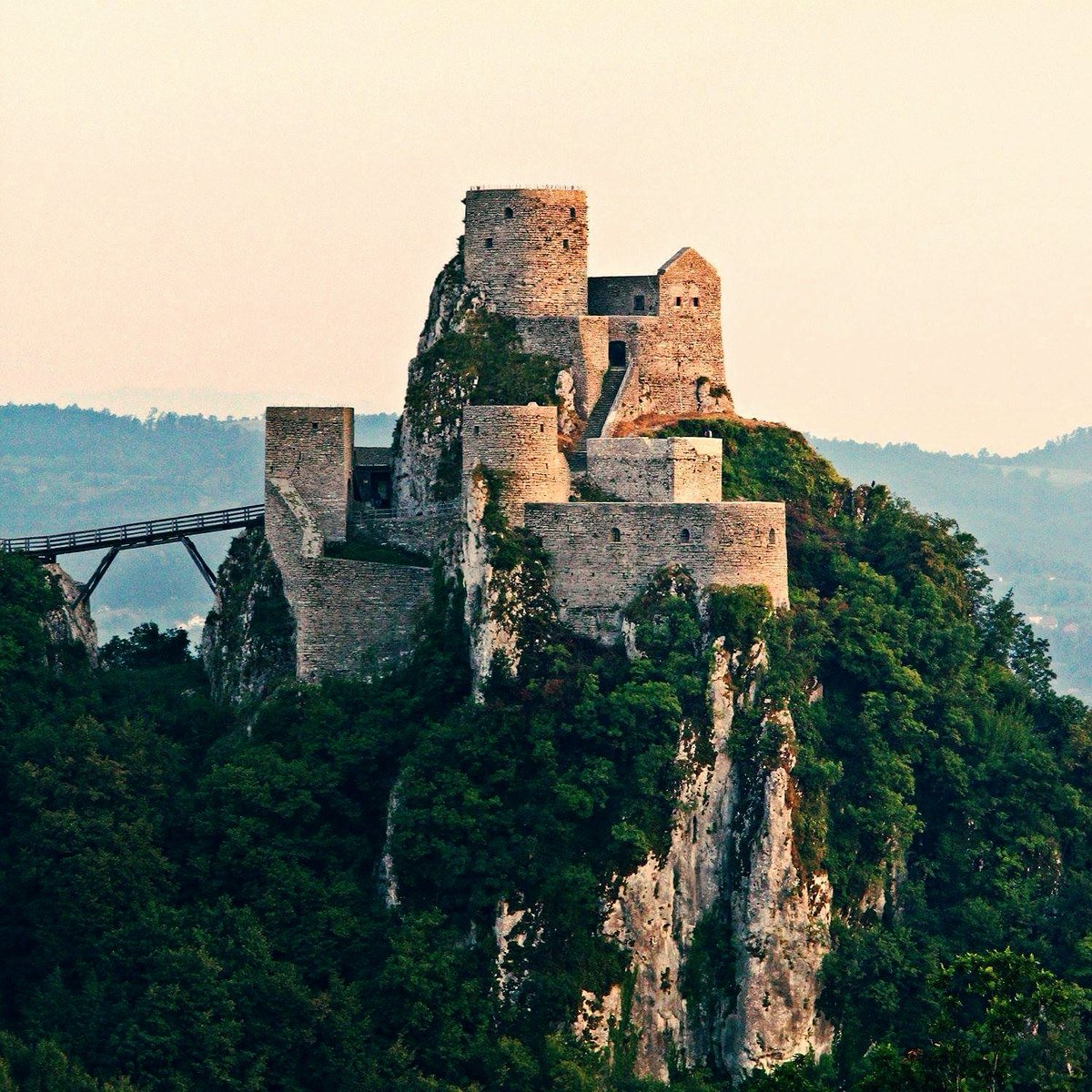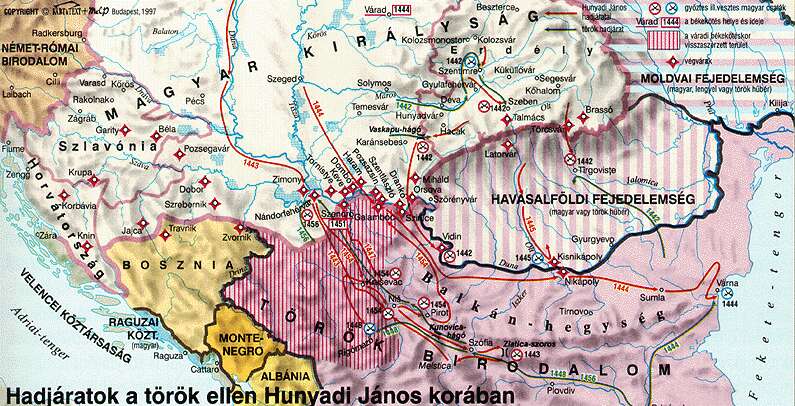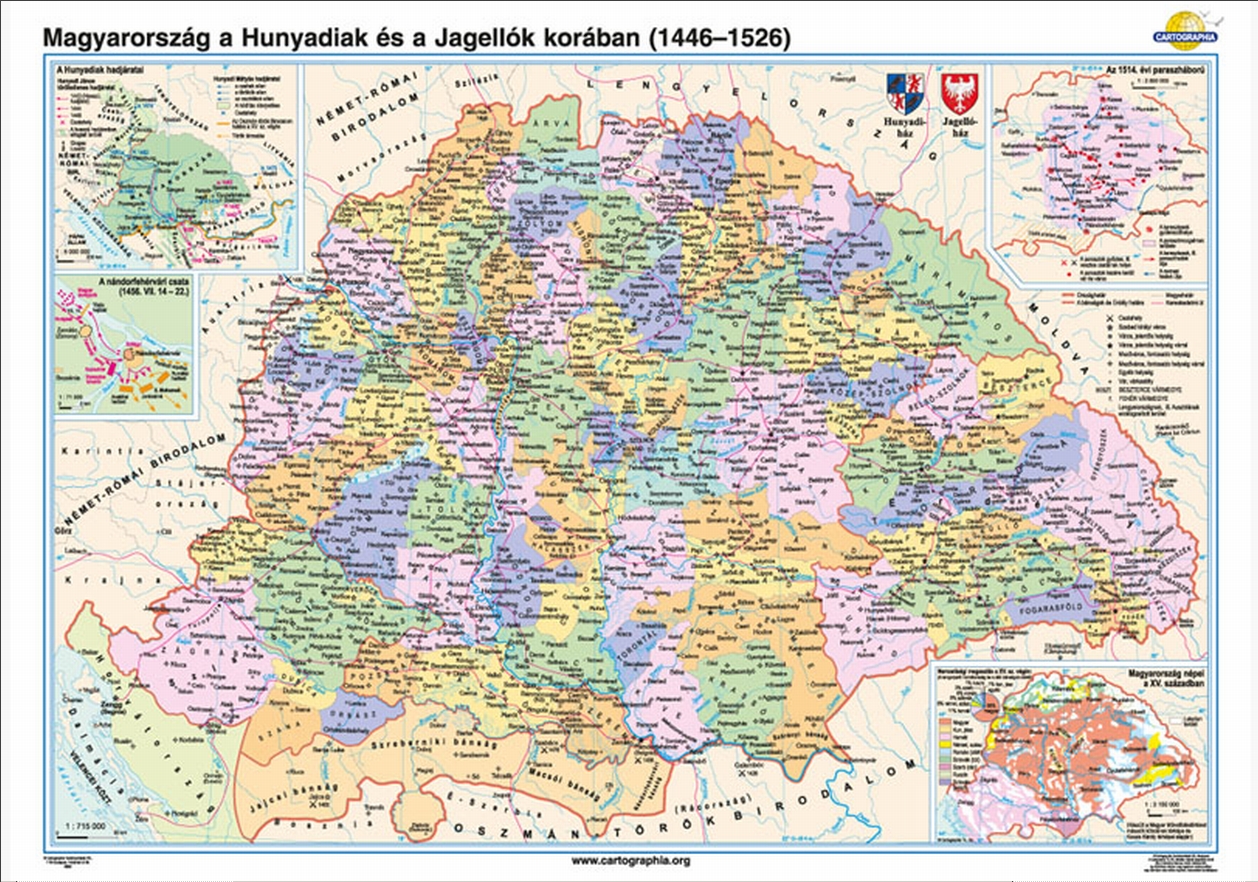Serbia and Wallachia had a historical border that i believe was there but it was removed,why is that?
I rarely see ottomans expanding directly into Hungary without taking Serbia or Wallachia first. My guess is that so the balkan Nations can call Hungary into war with ottomans and promise them land? Or so Austria can have guaranteed military access in order to be able to fight the ottomans?
I still think that Serbian-Wallachian border is more important so that these two nations can expand into each other,and also Austria can always ask Serbia or Wallachia for access,i doubt they would refuse.
EDIT:
I rarely see ottomans expanding directly into Hungary without taking Serbia or Wallachia first. My guess is that so the balkan Nations can call Hungary into war with ottomans and promise them land? Or so Austria can have guaranteed military access in order to be able to fight the ottomans?
I still think that Serbian-Wallachian border is more important so that these two nations can expand into each other,and also Austria can always ask Serbia or Wallachia for access,i doubt they would refuse.
EDIT:
Attachments
Last edited:
- 5
Upvote
0






_jeste_lepe.jpg/300px-Let_vrtulnikem11_-_hrad_Srebrenik_(13.-18._stol.)_jeste_lepe.jpg)





